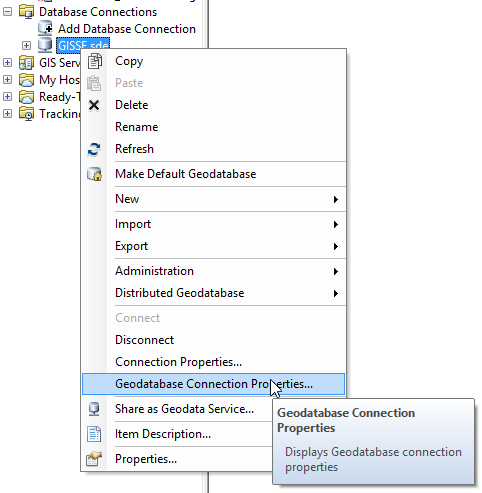My company uses a versioned SDE database to perform edits, update features, etc.
I am working on a script that would inevitably update features and would like to set the environment to a specific version.
The environment set to the SDE would look like this:
arcpy.env.workspace = "C:\\Users\\MyName.CENTRAL\\AppData\\Roaming\\ESRI\\Desktop10.3\\ArcCatalog\\Production.sde
My version is called "SY.TEST"
How do I define this version (only) as the workspace?


